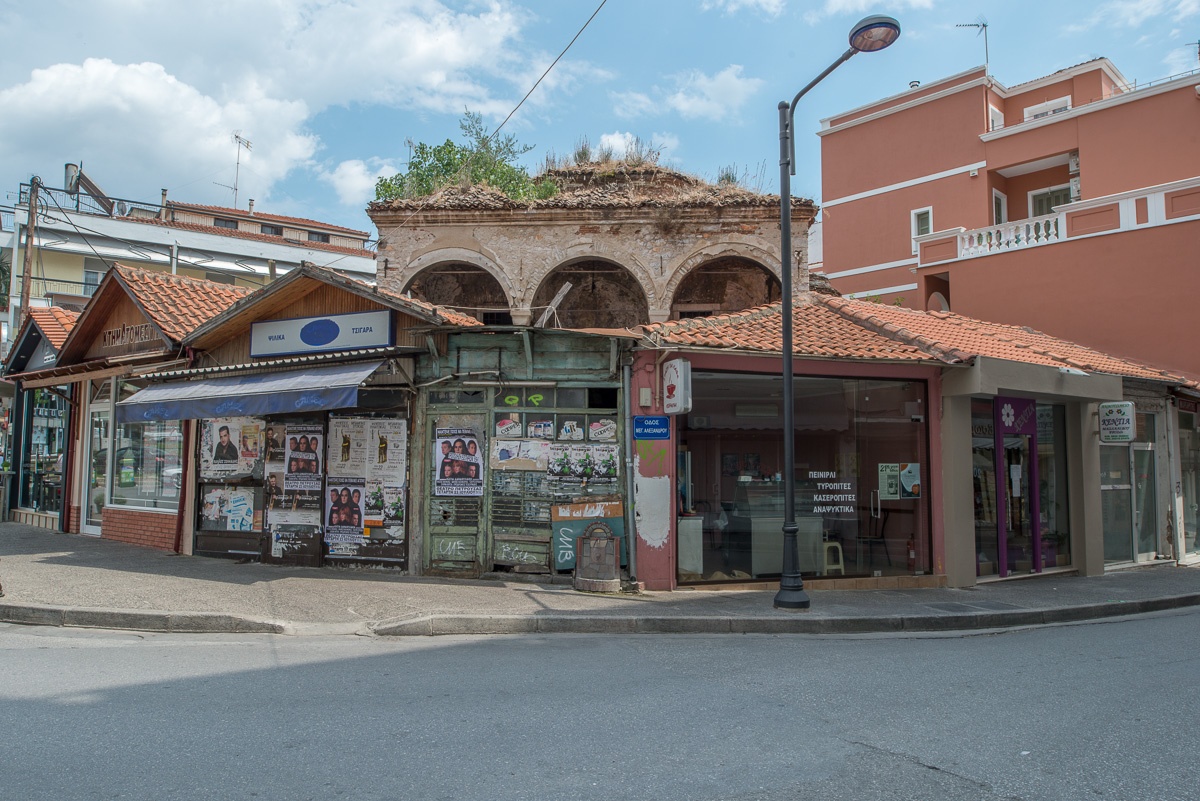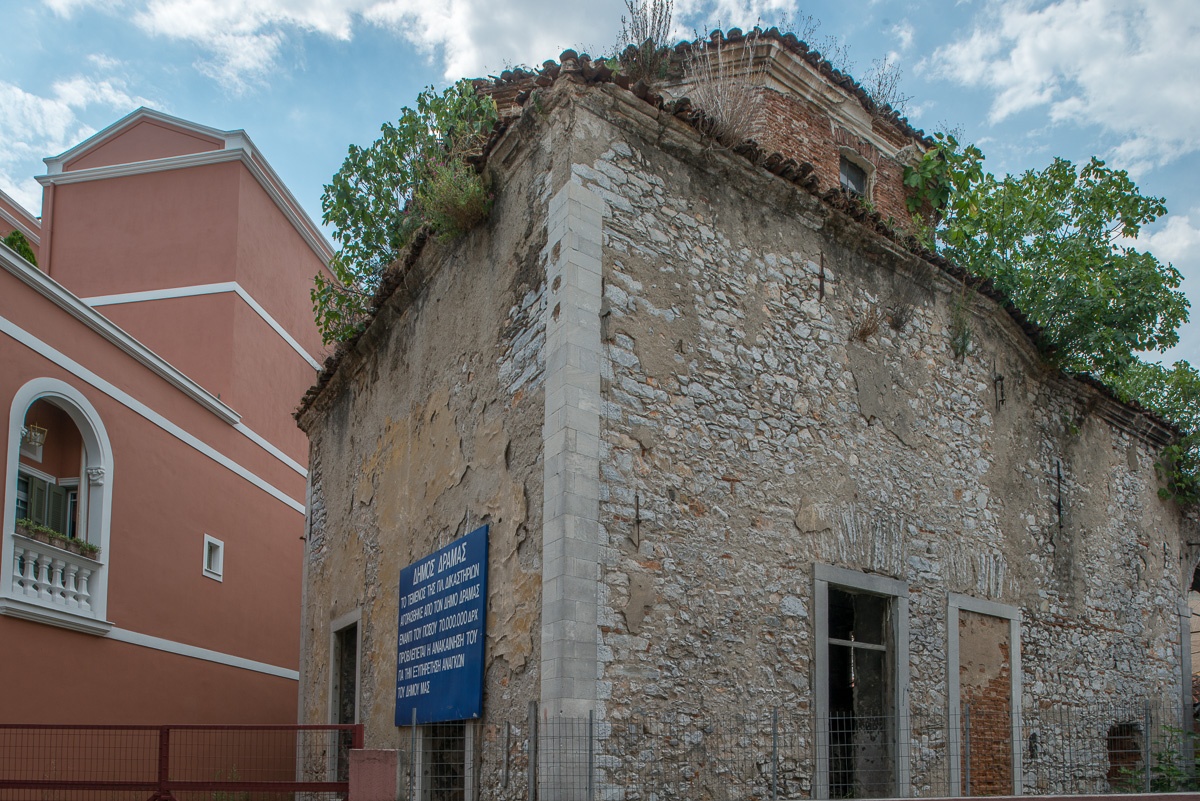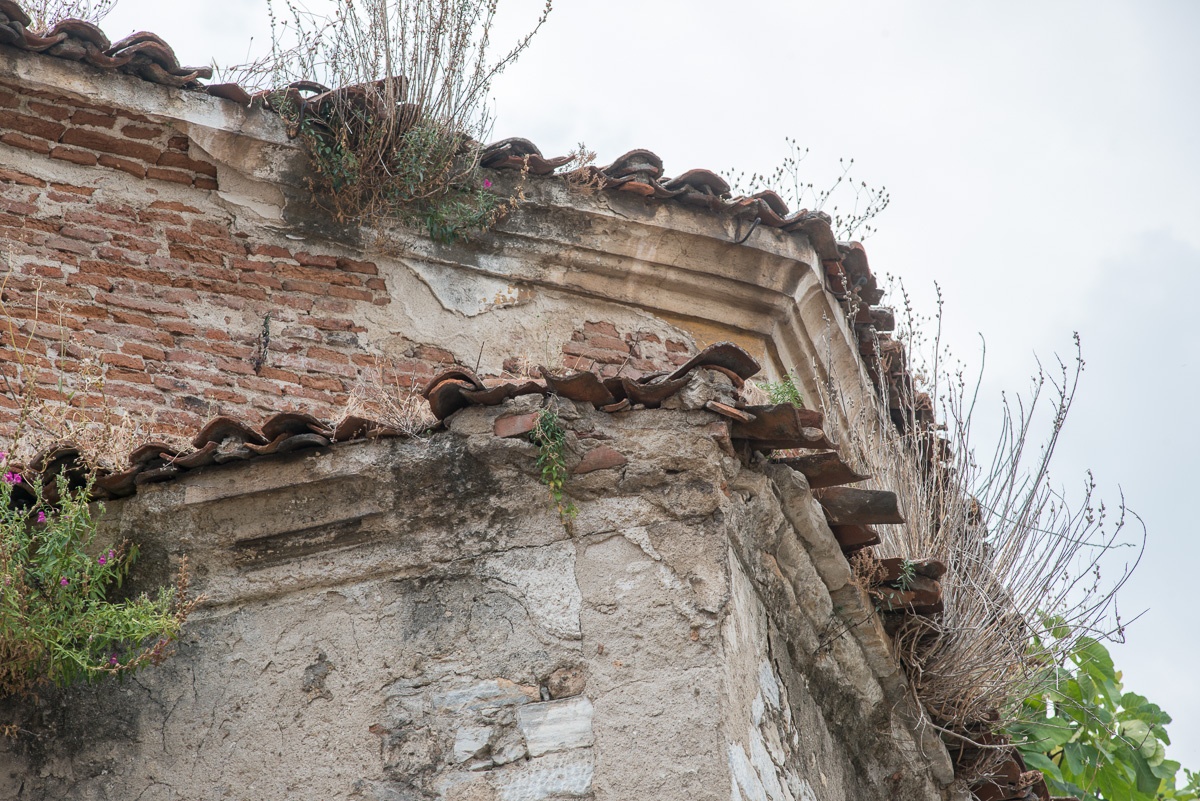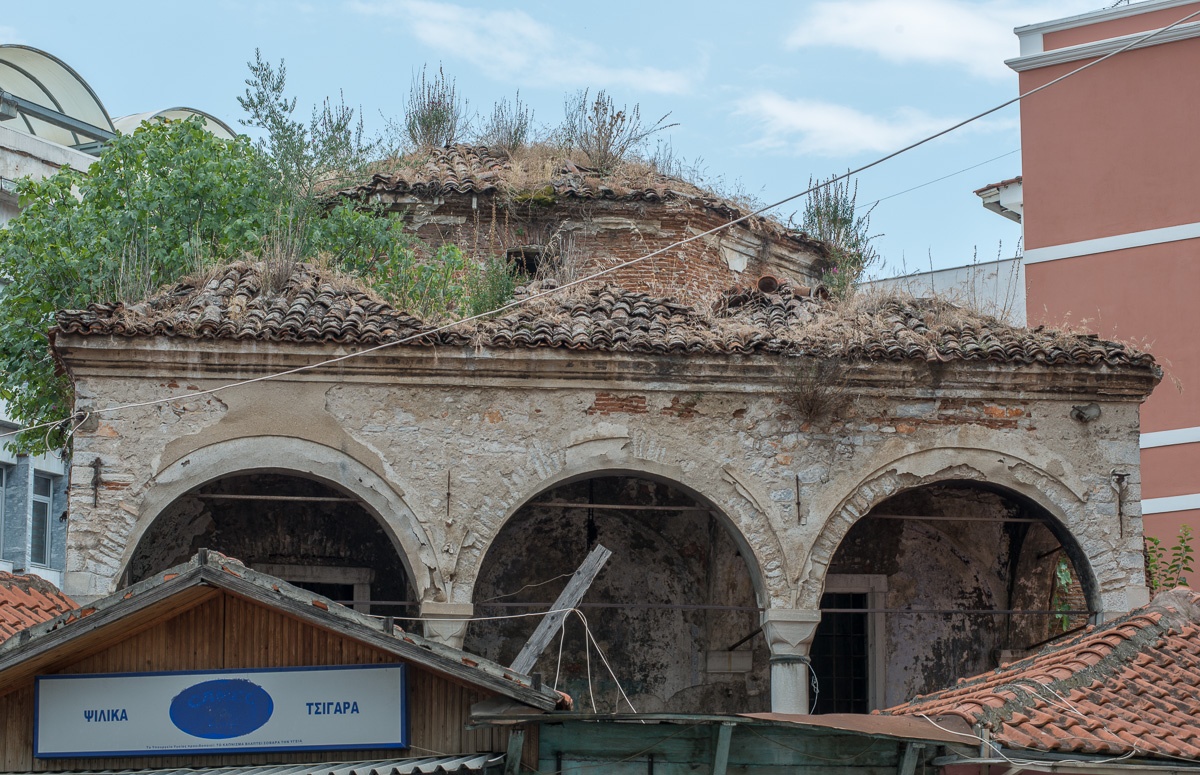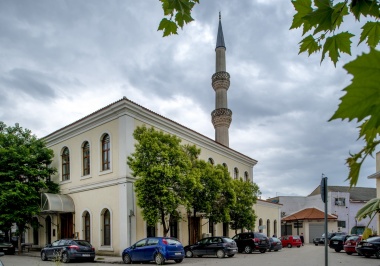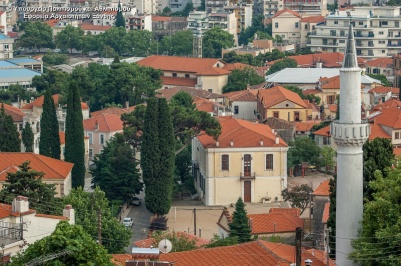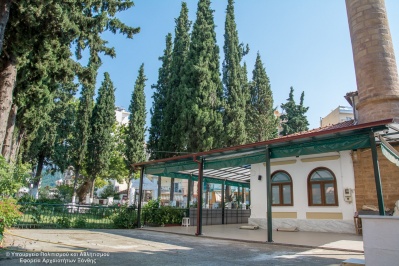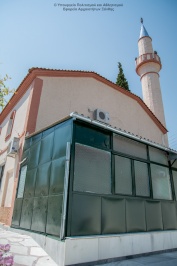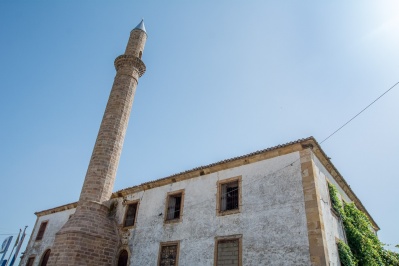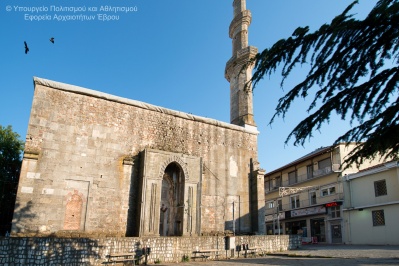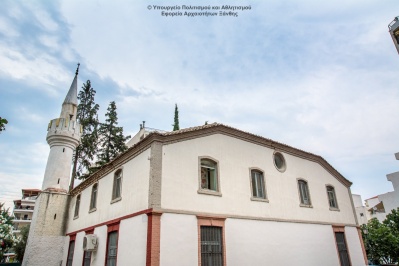-
Destinații (current)
-
Orașe
- Xanthi
- Drama
-
Insule


Mosque (Courts) Arap Mosque
Mulțumin pentru votul dvs.Ați votat deja.In the Administrative center of the old Muslim neighborhood of Drama - at the intersection of Alexander street, K. Palaiologos street and L. Lamprianidou street - we meet one of the most important monuments of the city, Arap Mosque. The Greek sources identify this mosque with Ak Mehmet Aga Mosque, one of the twelve mosques that existed in the city in 1667. However the identification of the building with Ak Mehmet Aga Mosque is incorrect, as it is the "Arap" Mosque, a name (...)encountered in work of groups for environmental education of the 3rd and 2nd High School of Drama. The name Arap Mosque is also confirmed by the former owner of the building, Christos Kalogirou. At this point it is worth noting that this mosque was also called kanli - cami, ie the mosque of blood, as the Turkish performed the custom of circumcision there. Arap Mosque was built in the years 1850-1875 on Aptoulaziz and was one of the twenty-nine mosques of the end of Ottoman domination. According to Turkish historical Eyverdi, the Arap Mosque was in Mahalas of Dervish Bali, opposite the Turkish administration buildings. The mosque was property of "vakoufikos", and belonged to the holy land of Muslim ownership. Reportedly, in the early 20th century, when the Arap Mosque stopped its function as a place of worship, it was used as hammam. However, did not found in the building neither taps, nor suitable spaces to confirm its function as hammam. In 1922 it was sold to individuals and functioned as a dancing school. During the Bulgarian occupation, the mosque was violated and plundered by the conquerors. After the liberation of Drama, the mosque housed the Conservatory of the City. Over the years, the Arap Mosque transferred to a shop in the property of various individuals, with the last of them being the civil engineer Mr. Christos Kalogirou. The Arap Mosque due to its architectural peculiarity, was characterized in 1977 as a preserved historical monument. Its protection body is the 12th Ephorate of Byzantine Antiquities, of Kavala. In 2001 Arap Mosque came into the jurisdiction of the Municipality of Drama to be transformed into a cultural center. Arap Mosque belongs to one-dome type and has a forward loft. Its architectural form classifies it in the third period of Ottoman Architecture (1730-1876). It is a stone built rectangular building, which is housed under a eight-sided dome. The dome of the building is covered with Byzantine type tiles. In front of the main aspect of the mosque we find the arcade, the place where the last assembly took place. This gallery was on the one hand the lobby of the mosque, and on the other hand it functioned as the room itself, where the latecomers and those who could not fit inside the mosque when it was filled, could pray. A double leaf door leads to the interior of the mosque. In the main building there is the room with the loft, which leads to the minaret. An internal spiral staircase - built of stone and brick - leads to the balcony of the minaret. From the minaret, the muezzin were calling the faithfuls to group prayer. On the wall of south side of the mosque there is a small niche, called the mihrab, which "looks" in the direction of Mecca. The imam stood in the mihrab and coordinated the prayer of the faithfuls. Regarding the interior decoration of the mosque, it consists mainly of wall paintings, that we find in its interior walls, as well as in the outer side of entrance. Nowdays, the wall paintings are not all resqued, as many of them have been altered or destroyed completely.
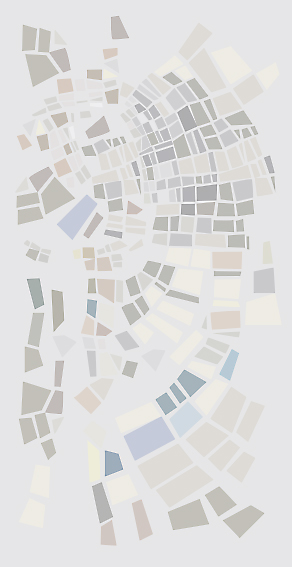 Vezi totMoschee
Vezi totMoscheeNew Temenos (Yeni Mosque)
The mosque was founded in the late 16th century (1585) by >>>Old Temenos, Eski Mosque
The large mosque was founded, according to the testimony of >>>Sunneh Mosque
The mosque is located at the intersection of the roads >>>Achrian Mosque of Xanthi
The mosque is located in the Old City, in the present >>>Tsinar Mosque
It was named after the tree which is located at the >>>Mosque on Doiranis street, Xanthi (Mouchatzir)
The mosque is located in the boundaries of the district >>>Kasaba Mosque
The Kasaba Mosque is located near the central square of >>>Temenos Didymoticho (Beyazit Mosque)
In the central square of Didymoticho, on the base of the >>>Servili Mosque
The mosque is located in the district of “Asia” (Asa >>>
-
Orașe






